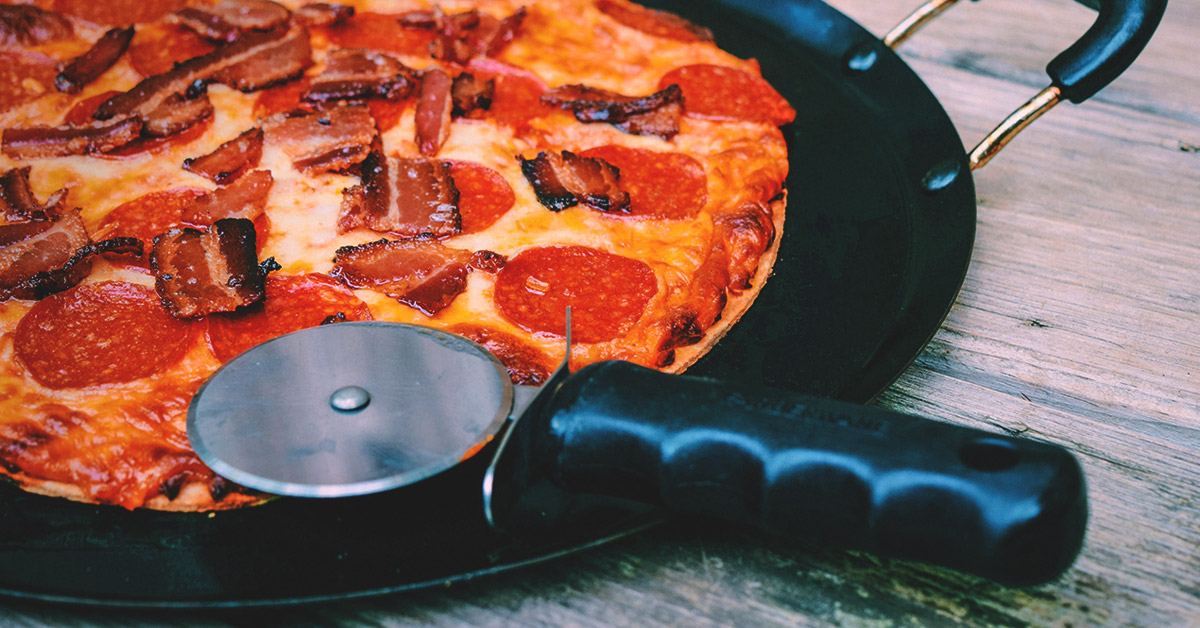January 2006
J M Bjordal, R A B Lopes-Martins, V V Iversen
Abstract
Background: Low level laser therapy (LLLT) has gained increasing popularity in the management of tendinopathy and arthritis. Results from in vitro and in vivo studies have suggested that inflammatory modulation is one of several possible biological mechanisms of LLLT action.
Objective: To investigate in situ if LLLT has an anti-inflammatory effect on activated tendinitis of the human Achilles tendon.
Subjects: Seven patients with bilateral Achilles tendinitis (14 tendons) who had aggravated symptoms produced by pain inducing activity immediately before the study.
Method: Infrared (904 nm wavelength) LLLT (5.4 J per point, power density 20 mW/cm2) and placebo LLLT (0 J) were administered to both Achilles tendons in random blinded order.
Results: Ultrasonography Doppler measurements at baseline showed minor inflammation through increased intratendinous blood flow in all 14 tendons and measurable resistive index in eight tendons of 0.91 (95% confidence interval 0.87 to 0.95). Prostaglandin E2 concentrations were significantly reduced 75, 90, and 105 minutes after active LLLT compared with concentrations before treatment (p = 0.026) and after placebo LLLT (p = 0.009). Pressure pain threshold had increased significantly (p = 0.012) after active LLLT compared with placebo LLLT: the mean difference in the change between the groups was 0.40 kg/cm2 (95% confidence interval 0.10 to 0.70).
Conclusion: LLLT at a dose of 5.4 J per point can reduce inflammation and pain in activated Achilles tendinitis. LLLT may therefore have potential in the management of diseases with an inflammatory component.











